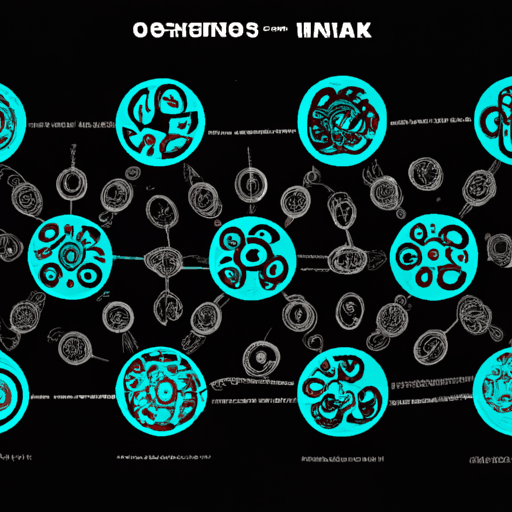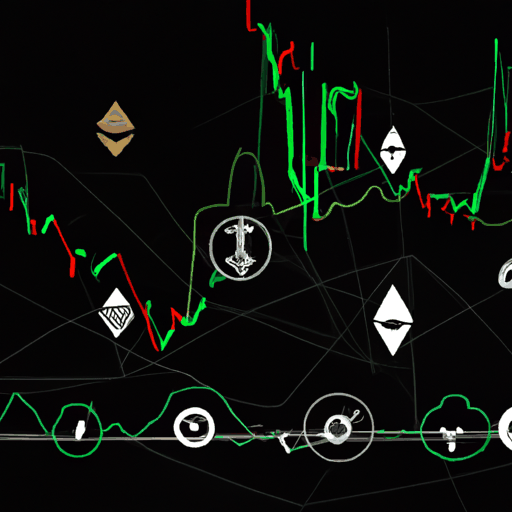
Learn Concept: Atomic Swaps in Cryptocurrency Trading
By: Isha Das
Understanding Atomic Swaps in Crypto Trading
Atomic swaps, also known as atomic cross-chain trading, are a mechanism by which different cryptocurrencies can be exchanged from one person to another without using centralized intermediaries such as exchanges. This peer-to-peer trading method utilizes smart contracts for enforcing rules and ensuring that the swap is successful on all parties involved, or none at all, hence the term 'atomic'. The technology behind this is called a hashed timelock contract (HTLC), which ensures the transaction will only be completed if certain conditions are met, eliminating risks of counterparty default.
The atomic swap process involves the following steps: Firstly, both parties agree on the amount and type of cryptocurrency they wish to exchange. Then, they set up a smart contract on each blockchain where their respective coins are held. These smart contracts hold the funds until both parties confirm receipt of the respective currencies, and the transaction completes automatically. One of the major benefits of atomic swaps is the enhanced security due to the decentralized nature of trades, reducing the risk of hacking prevalent in centralized exchanges.
Learn more about a recent implementation of atomic swaps here.



